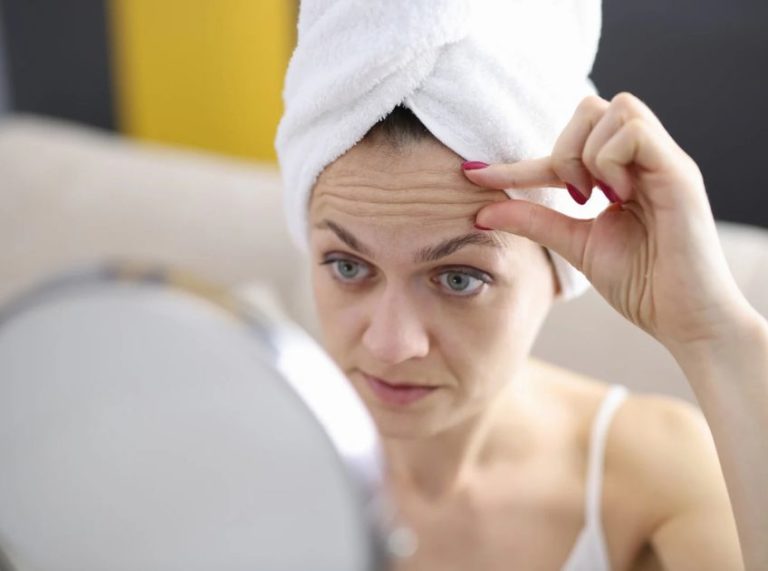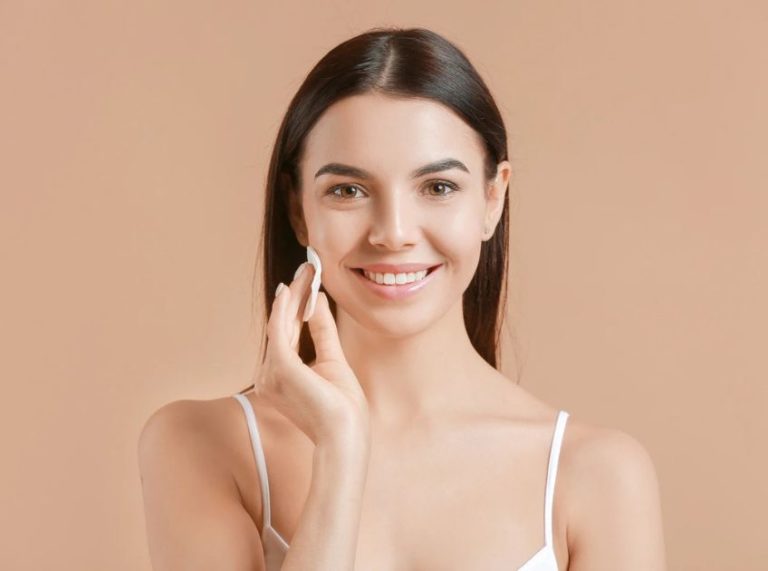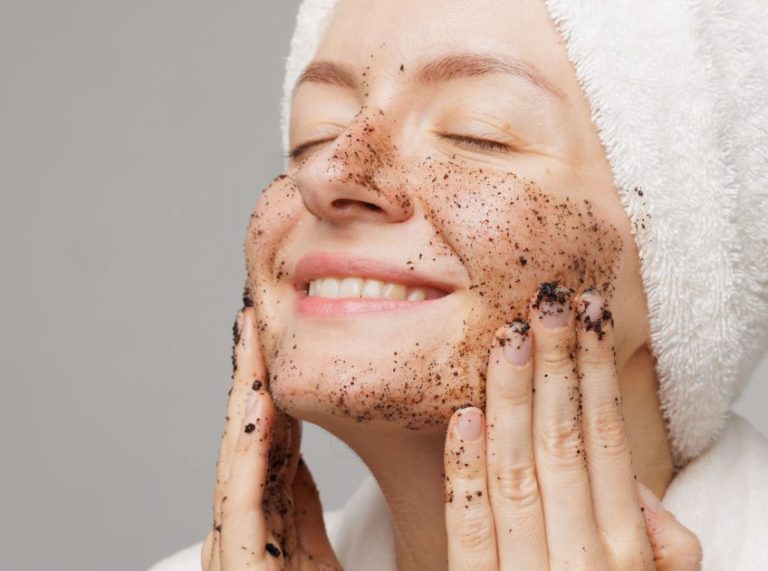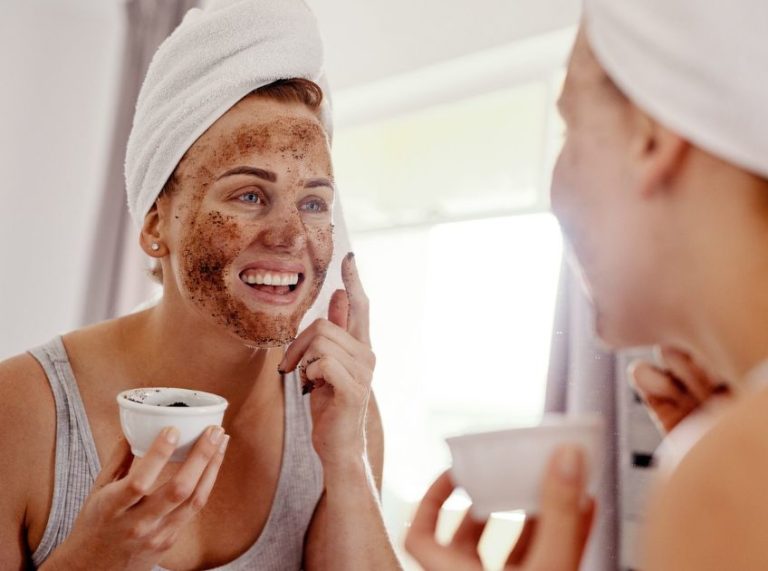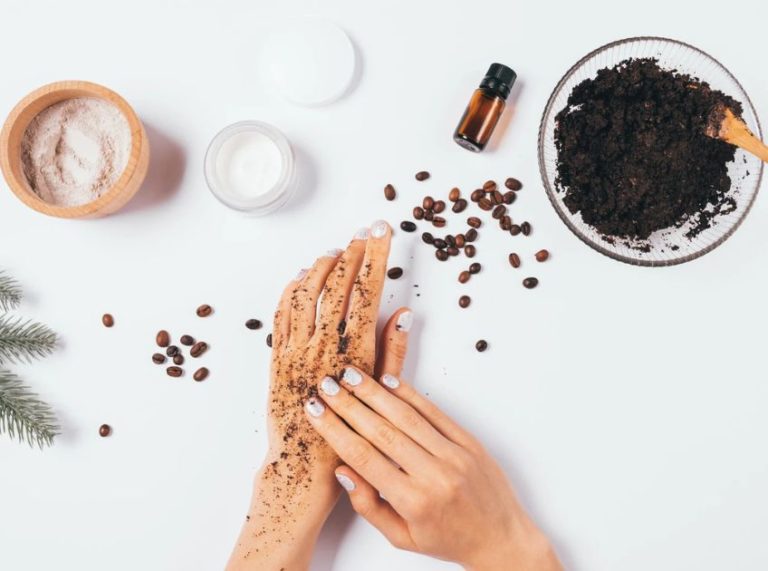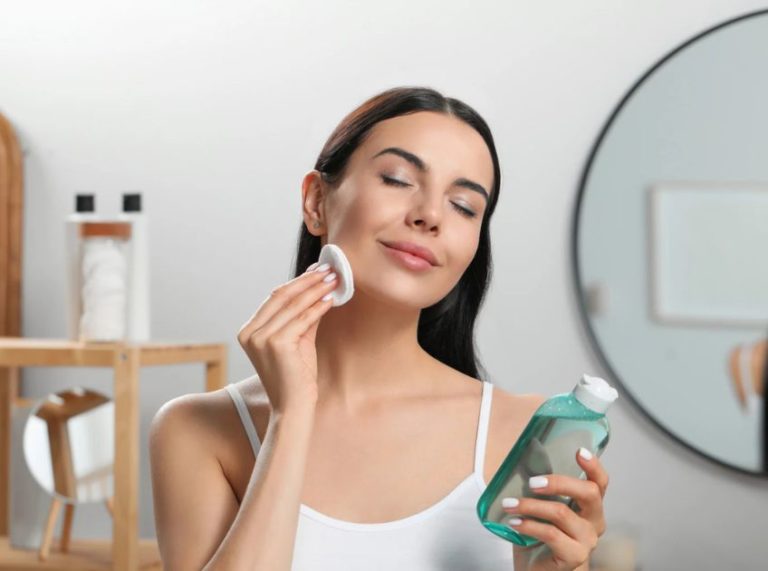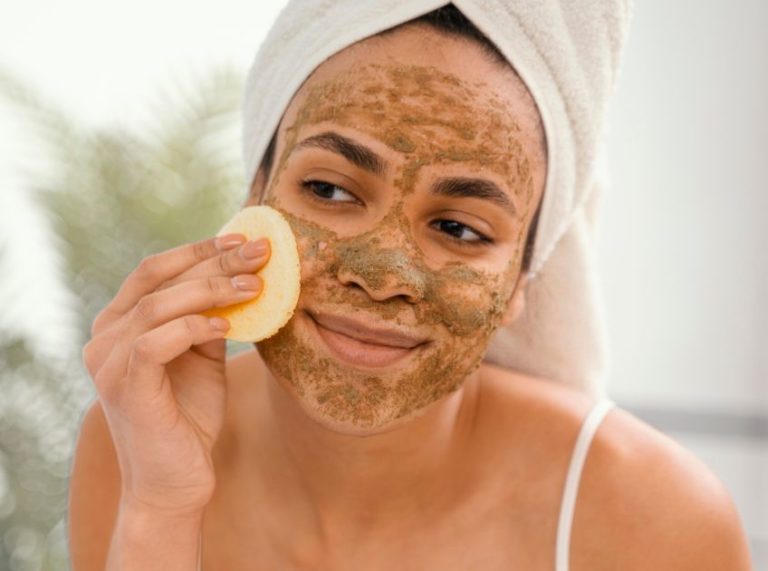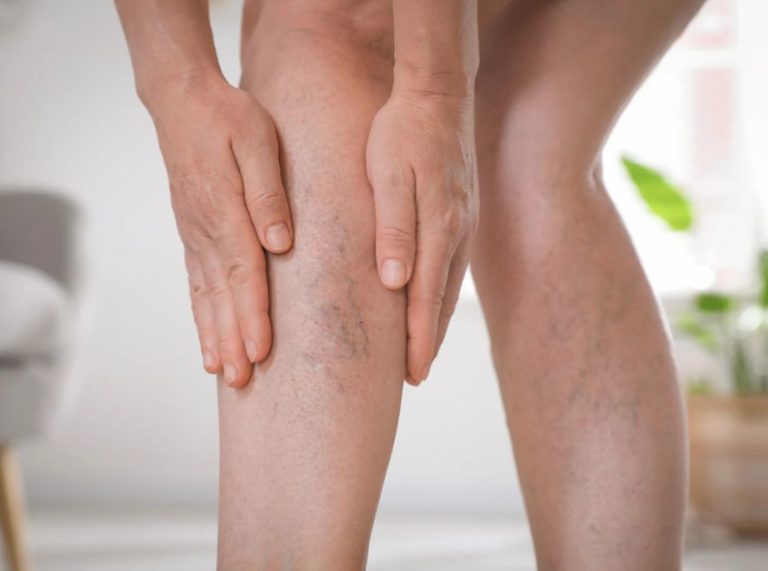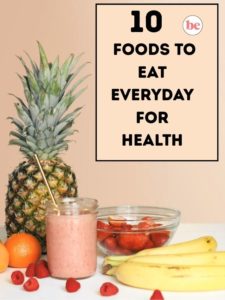
Important: This article is for informational purposes only. Please read our full disclaimer for more details.
Tired of flaky, tight, or dull skin that no store-bought lotion seems to fix? Shea butter moisturizer may be your answer. It’s ultra-hydrating, all-natural, and completely customizable for your skin’s unique needs.
Here’s everything you need to know—from the science behind the ingredients to two easy DIY recipes you can make at home today.
Why Shea Butter Is a Dry Skin Hero
- Locks in moisture: Its rich fatty acid profile deeply nourishes and protects.
- Smooths rough patches: Helps soften elbows, knees, and other rough areas.
- Soothes irritation: Calms redness and discomfort associated with dryness.
- All-natural: No harsh additives, preservatives, or artificial fragrances.
The Science That Makes It Work
Shea Butter: Rich in oleic, stearic, and linoleic acids, it improves skin elasticity and traps moisture. It also contains triterpenes, which are shown to have anti-inflammatory effects (1).
Sweet Almond Oil: High in vitamin E (2), this oil aids skin repair and improves water retention. A 2010 study published in the Journal of Cosmetic Dermatology found that it supports smoother skin texture (3).
Essential Oils (optional): Lavender and geranium oils contain antioxidant and calming compounds that may enhance skin comfort and tone (4).
When to Pause or Stop Using
- If your skin becomes red, itchy, or irritated, stop use immediately.
- Discontinue if your moisturizer develops an off smell—this could indicate spoilage.
- Not seeing results after 3 weeks? Re-evaluate your routine or consult a dermatologist.
Customize the Cream for Your Skin
- Prefer a lighter feel? Use less shea butter and add more almond or grapeseed oil.
- Need richer hydration? Add a teaspoon of beeswax for extra occlusion.
- Skip essential oils if your skin is sensitive or reactive.
Who Should Use This Moisturizer?
- Best for dry to very dry skin types.
- Sensitive skin types can use it with caution—choose unscented, minimal blends.
- Oily skin might find it too heavy; test a small area first.
Is It Safe for Daily Use?
Yes, when prepared and stored properly. Use clean tools and containers, and do a patch test before your first full use. Avoid applying over broken or infected skin. For children, use unscented versions and consult a pediatrician if unsure.
Two Nourishing DIY Shea Butter Moisturizers
1. Classic Shea Butter Moisturizer
A rich, deeply hydrating cream perfect for locking in moisture overnight or during cold, dry months.
Ingredients:
- 1/2 cup unrefined shea butter
- 2 tbsp sweet almond oil (adds smooth texture and vitamin E)
- 1 tsp vitamin E oil (optional, acts as a natural preservative and skin healer)
- 5 drops lavender essential oil (optional, calming for both skin and senses)
Directions to Use:
- Melt the base: In a double boiler or heat-safe bowl over simmering water, gently melt the shea butter. Avoid high heat to preserve nutrients.
- Add oils: Remove from heat and stir in the sweet almond oil and vitamin E. Let the mixture cool slightly.
- Add scent (optional): Add lavender essential oil once the mix is slightly cool to retain its properties.
- Whip for texture: Use a hand mixer to whip the mixture for 5–7 minutes until light and fluffy.
- Store: Scoop the whipped cream into a clean, dry glass jar. Seal tightly and store away from heat and sunlight.
How to Apply:
- After cleansing or showering, apply a small amount to damp skin.
- Massage gently into the skin until absorbed.
- Great for overnight repair on hands, feet, elbows, and other dry areas.
Pro Tips:
- If you prefer a firmer balm, add 1 tsp of beeswax during the melting stage.
- For an extra silky finish, try blending in a few drops of rosehip oil.
2. Shea Butter + Aloe Moisturizer
A lightweight, fast-absorbing blend ideal for daytime wear or use in warm climates.
Ingredients:
- 1/2 cup unrefined shea butter
- 1 tbsp pure aloe vera gel (hydrates and soothes inflammation)
- 1 tbsp jojoba oil (mimics skin’s natural oils and improves absorption)
- 3 drops geranium essential oil (optional, helps balance skin and reduce dryness)
Directions to Use:
- Soften the shea: Let shea butter sit at room temperature or lightly warm it until soft (not melted).
- Mix in liquids: In a separate bowl, blend the aloe vera gel, jojoba oil, and essential oil.
- Combine and whip: Add the softened shea butter to the oil mixture. Use a whisk or hand mixer to blend until creamy and smooth.
- Jar it up: Transfer the final product into a sterilized jar. Store in a cool place or refrigerate if your home is warm.
How to Apply:
- Apply to clean, dry, or slightly damp skin as a daily moisturizer.
- Use after sun exposure or showering for a cooling, hydrating effect.
- Suitable for hands, face, and full-body use.
Pro Tips:
- Use only pure aloe vera gel (with no alcohol or additives) to avoid irritation.
- Keep refrigerated in warmer months to maintain a firm texture and extend shelf life.
Frequently Asked Questions (FAQ’S)
1. How long will this moisturizer last?
A. Up to 3 months when stored in a cool, dry place. Use clean fingers or a spatula for each use.
2. Can I use it on my face?
A. Yes, but patch test first—especially if your skin is acne-prone or sensitive.
3. Will it feel greasy?
A. It can feel rich at first. To reduce greasiness, apply sparingly and wait 10 minutes before dressing or layering other products.
Shea butter moisturizer is a simple, powerful way to combat dry skin naturally. With just a few ingredients, you can create a blend that’s tailored to your skin type and preferences. Ready to ditch synthetic creams? Try one of these DIYs and feel the difference.

